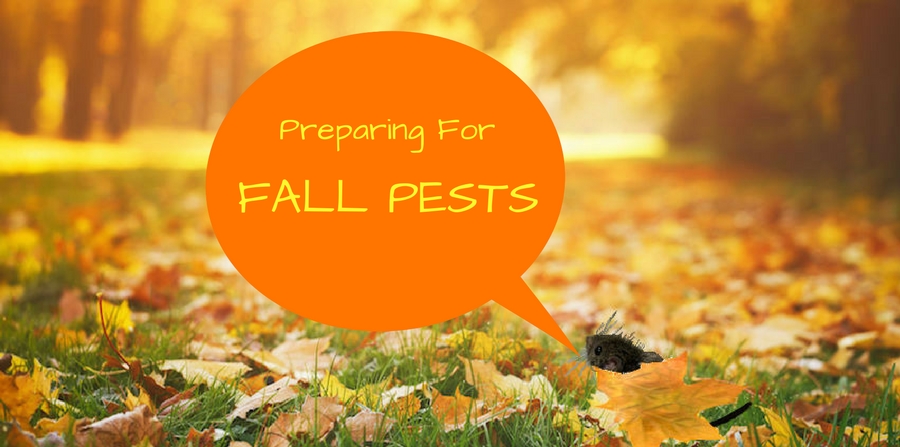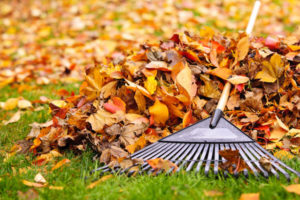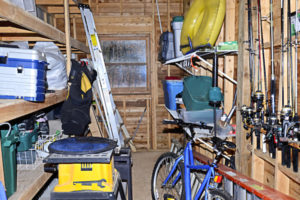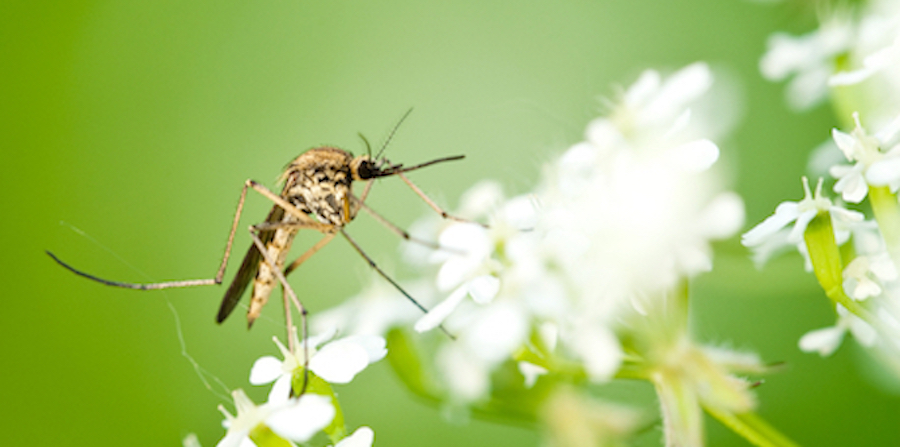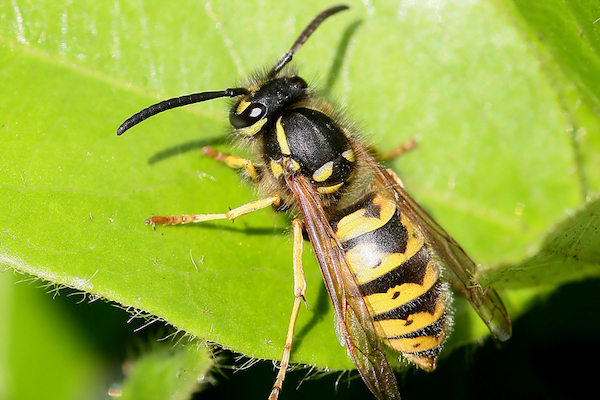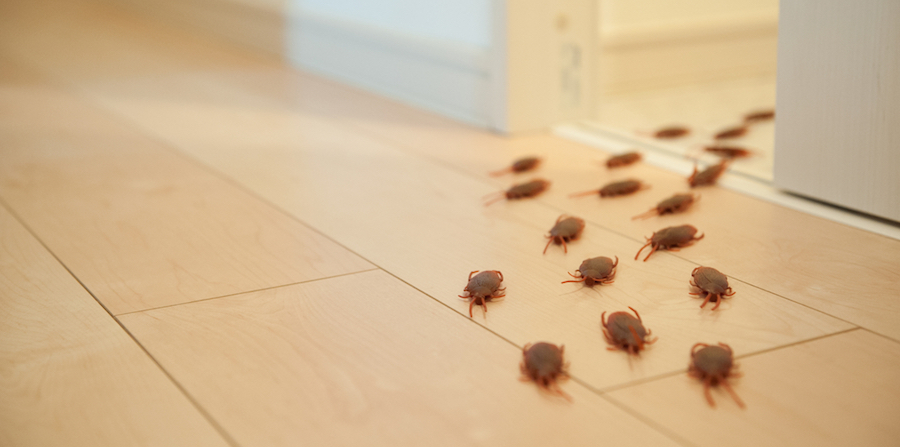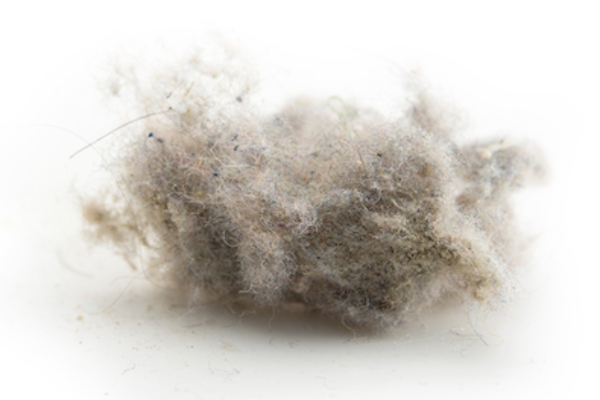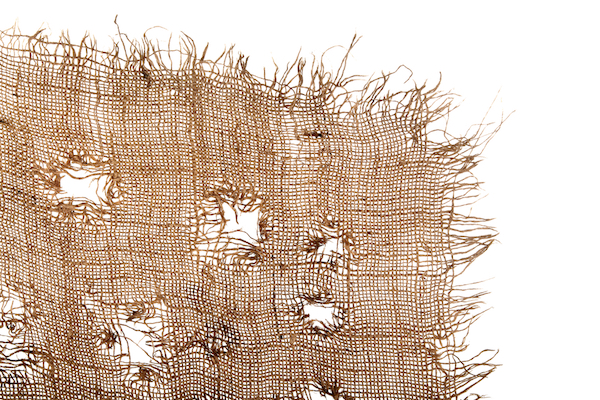When you’re planning a vacation, we’re guessing pest control is one of the further things from your mind. If anything, you probably think about things you can do to protect your home while you’re away. You certainly don’t think about whether pest infestations could happen to you while you’re traveling. That doesn’t even sound like it makes sense. How can you have a pest infestation if pests don’t have anywhere to infest?
Unfortunately, however, pest infestations can happen to you, even while you’re on vacation. Even worse, these pest infestations never stay a vacation problem. Instead, you’ll probably bring them home with you like a bad souvenir. In fact, some pests spread primarily via travelers. Here are four pests you need to look out for while traveling, and how to keep them from following you back home.
Bed bugs
The number one way bed bugs move into new homes is after travelers inadvertently transport them there. Bed bugs hitch rides with travelers by hiding in suitcases, luggage bags, clothing, purses and more. After sneaking inside these hiding places, the bugs remain perfectly still for extended periods of time. The bed bugs are so small, hidden, and still that travelers don’t often notice them. After taking their bags back home, the bed bugs emerge and seek more permanent residence.
Contrary to popular belief, bed bugs don’t exclusively infest “dirty” places. Unfortunately, they’re quite capable of living anywhere from a relative’s house to a car to a five star hotel. Bed bugs don’t “mean” to hitchhike with travelers; they’re simply drawn to dark, warm, hidden places. When you travel, you should always keep a close eye on all the bags you’re carrying with you. Keep them elevated, closed, and sealed whenever you aren’t using them. When you get home, consider throwing your traveling items into the dryer for 20 minutes at a high temperature.

Cockroaches
Despite being larger and easier to spot than bed bugs, cockroaches often end up hitchhiking in very similar ways. Cockroaches are naturally attracted to dark, warm, moist, and secluded areas. They’ll also sneak into food boxes or even toiletries. Like bed bugs, they will stay perfectly still after they find a good hiding place. Roaches can survive for an extended period of time without food or water. They’re also great climbers and can cling to surprisingly sheer surfaces.
Roaches can work their way into nearly any open container you leave out for them. Food packages, suitcases, clothing bags, purses, and even computer bags are all fair game. A roach can survive a surprisingly long trip until you take it back home. To avoid this, keep all travel bags closed, sealed, and elevated whenever you’re not using them. Don’t transport food with you–especially not without a proper container. If you keep your bags locked down, roaches won’t be able to come home with you.
Lice
Lice get into people’s hair after climbing into it from clothing items like hats, scarves, coats, and sweaters. They use their hook-like feet to latch onto hidden parts of clothing or other pieces of fabric until they have an opportunity to transfer. Unlike roaches or bed bugs, lices usually travel along with travelers directly on travelers. Lice can’t survive without a human host, and they can’t live for long on fabric. If you find lice near you, they’re feeding on someone close by.
Before lice climb onto you, they generally hide on clothing items where they can transfer to hosts. Hats, scarves, hoodies, and any other clothing that goes on your head is particularly vulnerable. Try to be particularly cautious about what you wear when you’re traveling. Refrain from sharing clothing items or trying on pieces of clothing you didn’t bring with you. Keep all of your clothing in sealed, closed bags when you’re not wearing it.

Ants
It seems like ants have a nearly-supernatural ability to find food. You leave out any food for any period of time and it seems like ants are all over it. Unfortunately, this counts double when traveling. Ants very frequently end up where they live after hitching a ride on unsuspecting traveler’s food. Like bed bugs, ants weren’t even trying to hitch a ride. They just wanted the food you happened to be carrying with you!
No matter where you travel, you should assume ants are living–and looking for food–nearby! If you leave out food, ants will feed on it. When you put that food away, you may end up transporting them with you. Keep a close eye on all the food you bring with you while traveling. Keep it in sealed, airtight bags whenever you’re not eating it. Clean up crumbs and other food debris whenever you make it. Throw out food wrappers and other garbage as soon as you’re finished with them.
Traveling makes everyone a little more vulnerable to pests, just like it makes everyone more likely to catch a cold. Just like you can bolster your immune system, however, you can take precautions to prevent pests from traveling with you. Practice the pest control tips we’ve shared while traveling, and you can have a pest-free* vacation.
If you end up with a pest infestation after your vacation–or any other time for that matter–call Griffin any time. We’ll figure out where your pests came from, wipe them out, and make sure they can’t bother you again. Have a great trip, and stay safe!

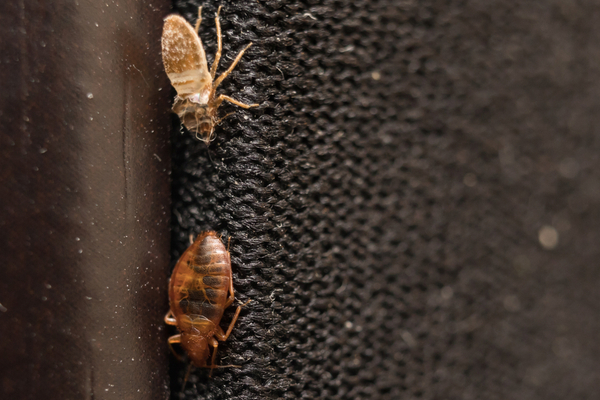
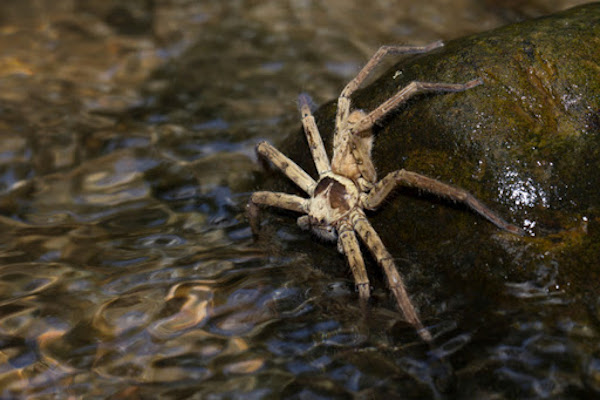
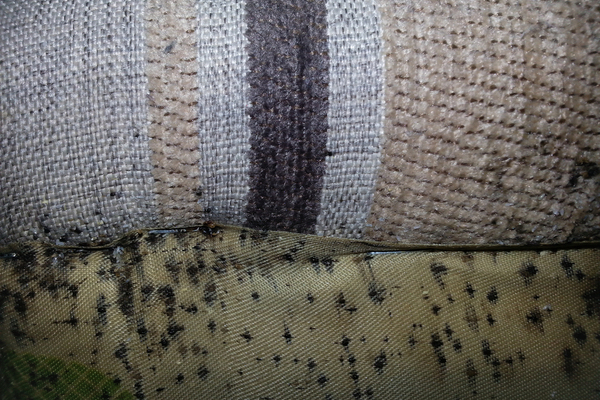
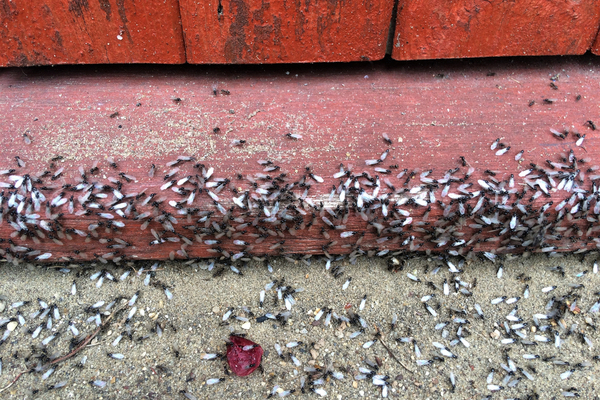
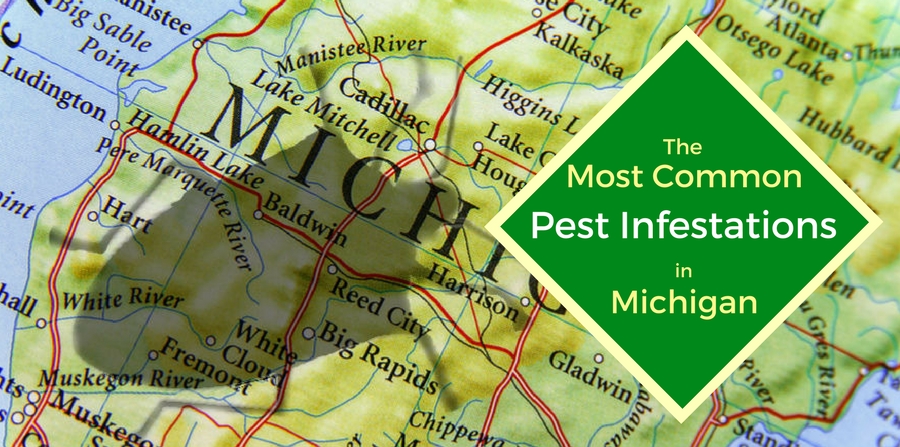
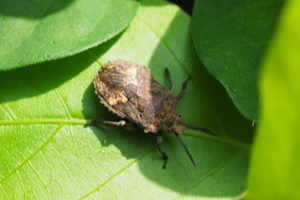 The brown marmorated stink bug is
The brown marmorated stink bug is 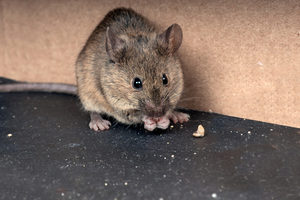 Admittedly, mice and rats aren’t just the among the most common of pests in Michigan. Anywhere people live, chances are mice and rats are scampering around trying to live alongside them. They’ve been at it long enough, in fact, that rodents have evolved into the ultimate human-home infiltrators. Mice and rats use their sense of smell and
Admittedly, mice and rats aren’t just the among the most common of pests in Michigan. Anywhere people live, chances are mice and rats are scampering around trying to live alongside them. They’ve been at it long enough, in fact, that rodents have evolved into the ultimate human-home infiltrators. Mice and rats use their sense of smell and 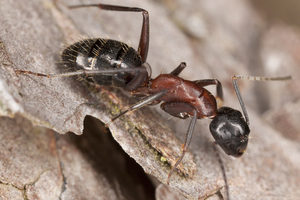 Despite being equally prevalent,
Despite being equally prevalent, 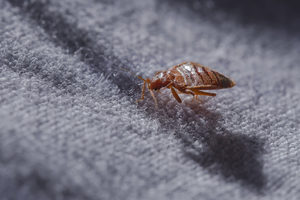 As we’ve explained before, everyone’s least-favorite bedfellows have had
As we’ve explained before, everyone’s least-favorite bedfellows have had 